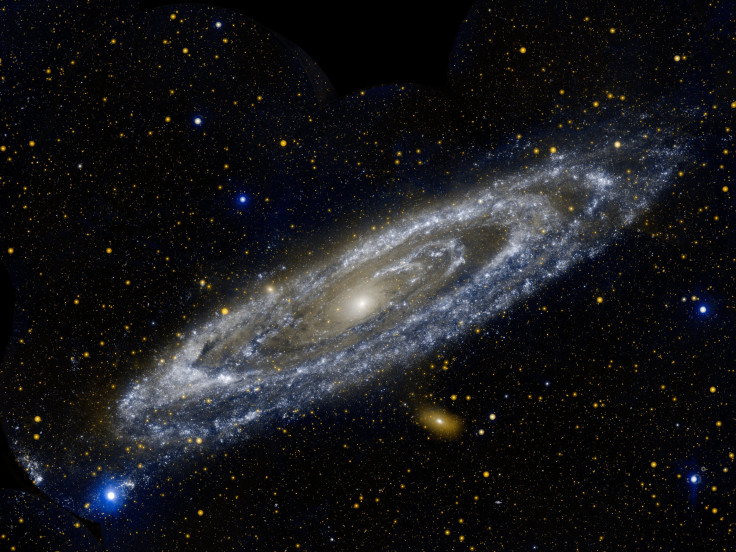All Galaxies Spin Like Clocks Once Every Billion Years, Astronomers Say

Galaxies hide some of the biggest mysteries of the Universe and could one day provide more precise insights into how our cosmos evolved over the last 13.8 billion years. The distant worlds vary in so many ways, but for the first time ever, astronomers have discovered something common in them — their rotational behavior.
Scientists from the International Centre for Radio Astronomy Research have found all galaxies, from small dwarf irregulars to the largest spirals, behave like clocks and take about a billion years to complete a single spin.
“It’s not Swiss watch precision,” Professor Gerhardt Meurer from the center said in a statement. “But regardless of whether a galaxy is very big or very small, if you could sit on the extreme edge of its disk as it spins, it would take you about a billion years to go all the way around.”
The group made the discovery after establishing a direct relation between the size and average interior density of galaxies with sophisticated calculations. They found if the size of two galaxies is same, their interior density will also be similar.
“You won’t find a dense galaxy rotating quickly, while another with the same size but lower density is rotating more slowly,” Meurer added.
In addition, the researchers also witnessed aged stars sitting at the farther end of galactic disks. Scientists expected to see baby stars and clouds of interstellar gas in those regions but were surprised by older stars. According to the group, the discovery confirmed it was the finish line for those particular galaxies.
“Knowing where a galaxy ends means we astronomers can limit our observations and not waste time, effort and computer processing power on studying data from beyond that point,” Meurer explained.
He even noted their methods would come handy when the next generation of radio telescopes such as the Square Kilometre Array (SKA) come into action and capture loads of data from distant galaxies of the universe.
“When the SKA comes online in the next decade, we’ll need as much help as we can get to characterize the billions of galaxies these telescopes will soon make available to us,” Meurer added.
Ultimately, all of that information will help scientists understand the evolution of our Universe, which started as a tiny speck after the big bang and has been growing ever since. We even saw stunning time-lapse video showcasing how cosmic events unfolded over last 13.8 billion years and our tiny planet Earth came to be.
The work on the discovery as well as the clock-like behavior has been detailed in a paper titled "Cosmic clocks: A Tight Radius – Velocity Relationship for HI-Selected Galaxies," published in the Monthly Notices of the Royal Astronomical Society.
© Copyright IBTimes 2025. All rights reserved.





















